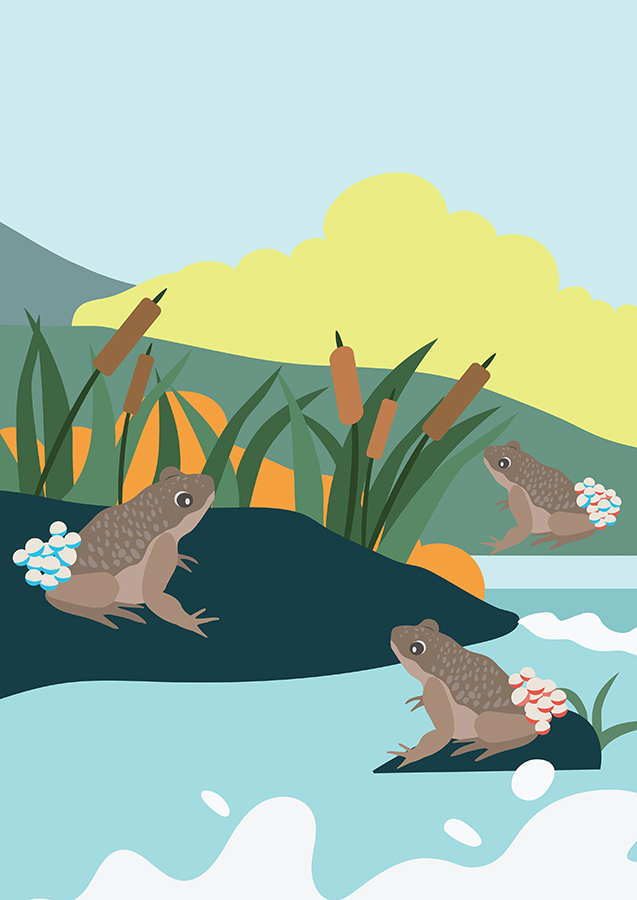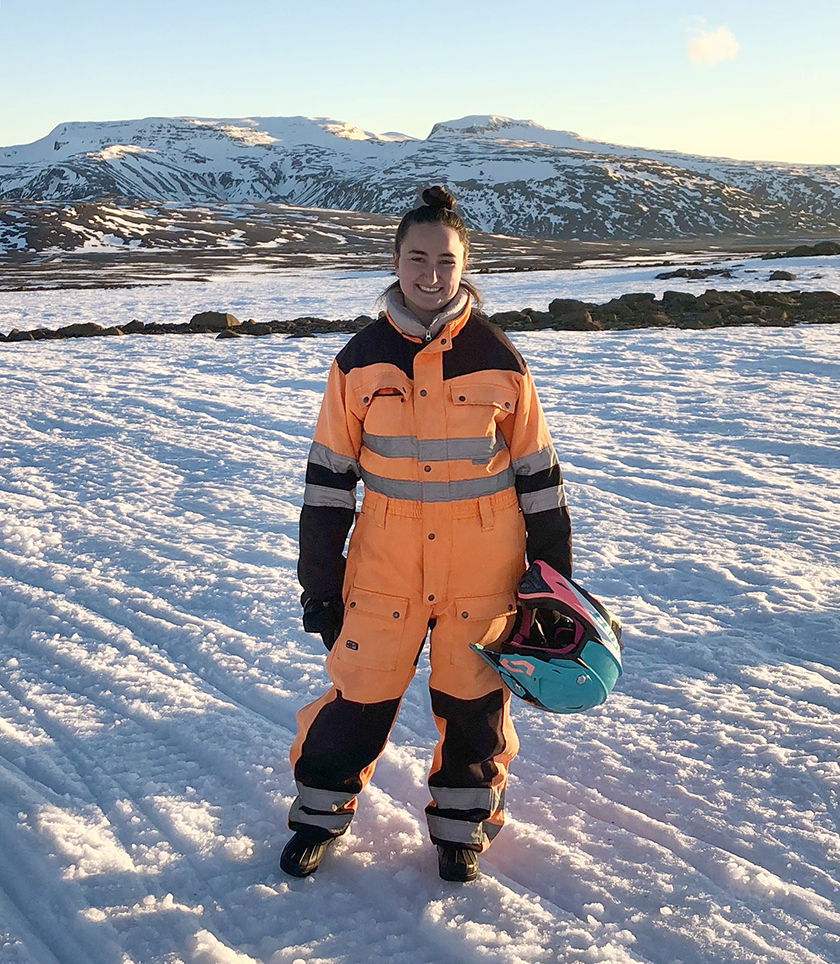“A Life History Perspective on the Evolutionary Interplay of Sex Ratios and Parental Sex Roles”
Xiaoyan Long, Tamas Székely, Jan Komdeur, and Franz J. Weissing: Read the article
A membership society whose goal is to advance and to diffuse knowledge of organic evolution and other broad biological principles so as to enhance the conceptual unification of the biological sciences.
Posted on
by
Xiaoyan Long, Tamas Székely, Jan Komdeur, and Franz J. Weissing: Read the article

As human babies, our survival heavily relies on our caregivers; without them, we would lack food and protection and would likely perish. However, in many other species, young ones receive no parental care and must fend for themselves, such as the beloved baby sea turtle that finds its way to the ocean alone. Other species may have only one parent who stays to provide care, like the pregnant male seahorse. What factors determine whether and which parent offers care?
Historically, scientists believed that the answer to these questions was related to the ratio of males to females in a population; however, this ratio can be defined in three different ways, each yielding very different results. Scientists disagree on which is the true ratio that determines how parents care for their children. Is it the Operational Sex Ratio (the ratio of sexually active males to sexually active females), the Adult Sex Ratio (which represents the ratio of adult males to adult females), or the Maturation Sex Ratio (the ratio of males and females at the time of sexual maturation)?
Researchers Xiaoyan Long, Tamas Székely, Jan Komdeur, and Franz J. Weissing aimed to test which of these ratios is most relevant. By means of computer simulations, they studied how a population's life history affects the evolution of parental care and the three sex ratios. Life history traits include mortality rates at various life stages and maturation rates.
Surprisingly, they found that none of the ratios were the primary driver of parental sex role evolution. Instead, differences between the sexes in life history characteristics acted as the driver of parental sex roles. They concluded that although sex ratios may exert selective pressure in determining parental care patterns, these ratios change over time, altering the direction of selection pressures.
Trade-offs influence parental care patterns, including time, energy, and survival. Parents sacrifice resources for their offspring that could otherwise be used for themselves or to produce more offspring. Therefore, understanding what drives the evolution of parental care is crucial for comprehending the trade-offs that occur within a population and the scenarios in which parents allocate their resources to their children. Understanding care patterns and how they are influenced by sex ratios and life history is essential for identifying the factors that determine a species' overall success.

Julia Dovi is a recently graduated master’s student from the Department of Ecology and Evolution at Stony Brook University. She is passionate about research on animal responses to stress associated with climate change and the genetic mechanisms underlying changes in behavior. She enjoys traveling, playing the piano, and hitting the dance floor.